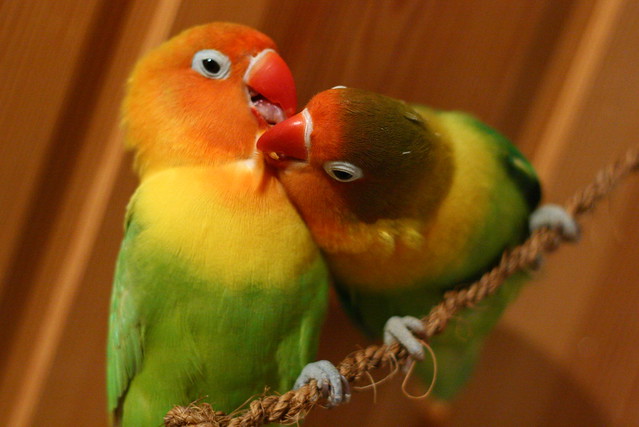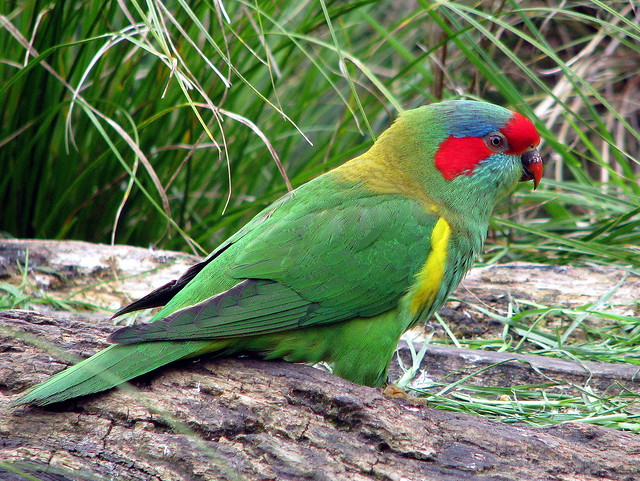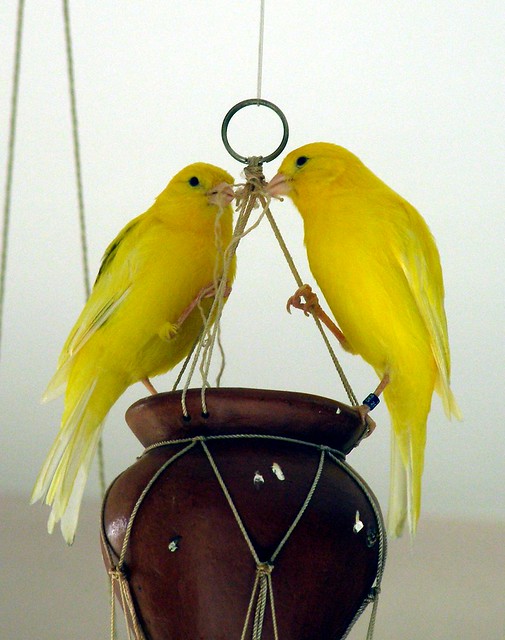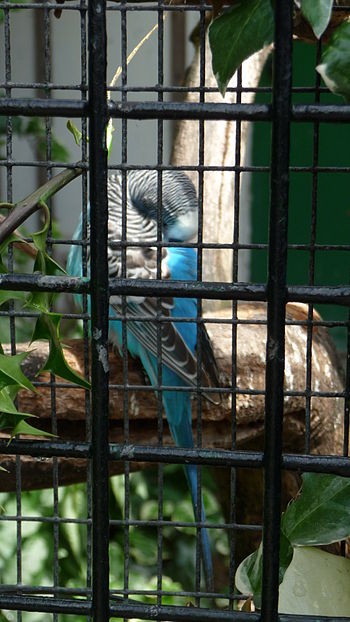 |
| (Cairina moschata) with wings outstretched (Photo credit: Wikipedia) |
There is a lot involved in the care of having a Duck for a Pet. There is also a lot of learning to be done. Most families receive their ducks for Easter as gifts. Then families have no idea what to do with their duck. Families start to realize that their new duck is not around her/his mom and other ducklings that they need to grow and survive. Right after Easter, many families (if they care) have to start researching about Duck Care. Most families decide to give away their precious duck after they get them and bond with them. It is important for families to know that, within a few days of having their duck he/she has already "imprinted" with them. The family becomes his/her pack. What most families should do is learn how to care for this precious Duck without the neglect of leaving her outside, in a pen all day, and with no attention. This duck they have will need the love, affection, care, and attention that our other pets in their family always receive.
Nowadays, most duck owners start with the internet. The search can be started by searching for information on house training a duck, duck diapers, what to feed a duck, duck as pets, and much more. Pet Duck Care and Duck Diapers are easy to find in the search engines. More people are raising Ducks for Pets. But, some advice to be taken; there are all sorts of different opinions and advice for Domestic Duck and Goose Care. Pet duck owners will have to do some studying of on the different duck care sites and services that are now easier to find on the internet.
In the beginning, it will be very hard to care for this Duck. You see, ducks are very clean creatures in one way but, very messy in another. The messy part of a duck is the "Poop". It will be all over if you do not control it. If you are thinking of a way to "litter train" your duck...that will Never happen. The only thing that will control the duck poop is "The Miracle Duck Diapers". What a lifesaver and difference they will make. The diapers will allow your duck baby to be in the house anytime that he/she has the harness and diaper on. There are also Duck Outfits that are adorable and fun to sports ducks around in.
Not only will the new duck love being in the house with you but, he/she will just love to be in the duck bath more. Do not let them have baths for a few weeks though. They can get very ill and die is they are put into a cold bath within the first few weeks of their lives. They can also drown. The favorite thing for most ducks is bath time, rather it is by sprinkler, hose, or a special bath. They love outside kiddie pools so much and will literally swim, splash, and have a great time. Most ducks love to be out in the yard, graze the grass, and eat bugs. Their favorite bugs are mealworms. You can even raise your own mealworms. There are instructions for that on YouTube. Mealworms are getting pretty costly. If you raise them, not only will it be more economical, but there will also be more of an abundance of the worms.
If you do have or get a duck, it is important to know Exactly what their most favorite thing to do is. Their most favorite thing in the entire world is To Be With You or their Family. If you raise your duck from a little bitty baby, they "imprint" on you. You and the family become their "pack". If you put your "imprinted" duck with other ducks...your duck will not know what to do. Many people get and give ducks for Easter Gifts. Then they keep them until they are tired of them and then they dump them off where other ducks live. Big mistake! Those folks are setting their duck up for Death. A "Human Imprinted Duck" does not know how to survive with other ducks. Other ducks will not accept her/him either, and the "human imprinted duck" will not survive. Most often getting or giving a Duck for Easter is a Big Mistake. If you get or give a Duck for Easter, then you better be Serious about having one.
Did you know that Ducks have a lifespan of 20 years? It is true. It all depends on the care that they receive and the ailments that they endure.
If you are one who does have a duck or is serious about getting one, then you are more then likely looking for the right care. Experienced advice is to trust The "Gooses Mother and Father" site. You will be able to learn: the proper feeding for a duck, training, how to maintain good health for your duck, how to treat ailments or infections, and much, much more.
Just learn all that you can and the journey with your duck will be a great and a rewarding success.
|















